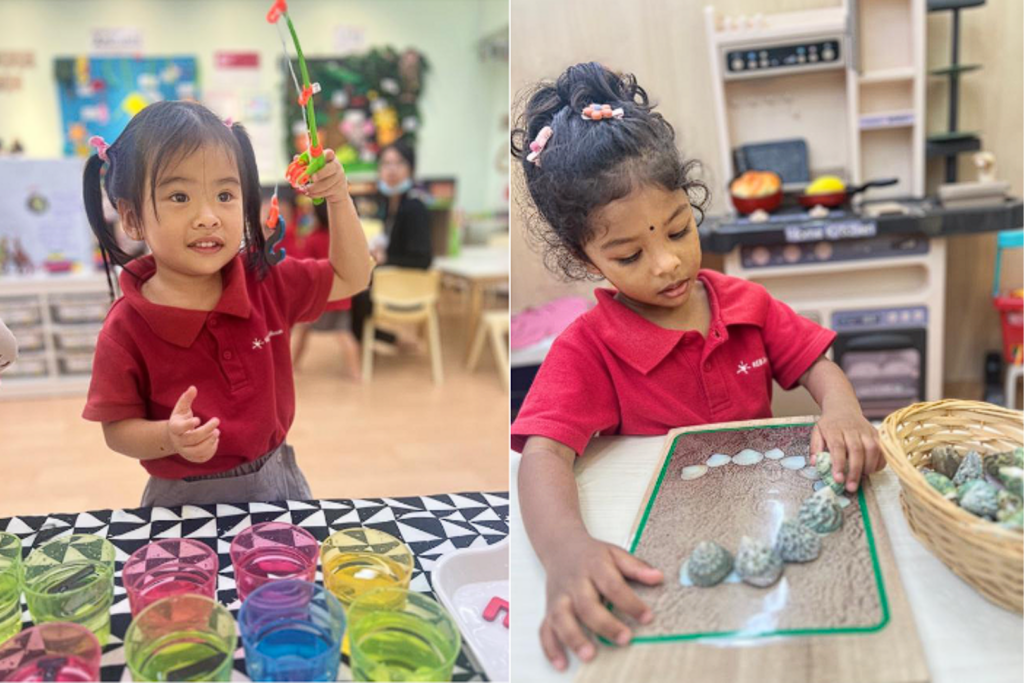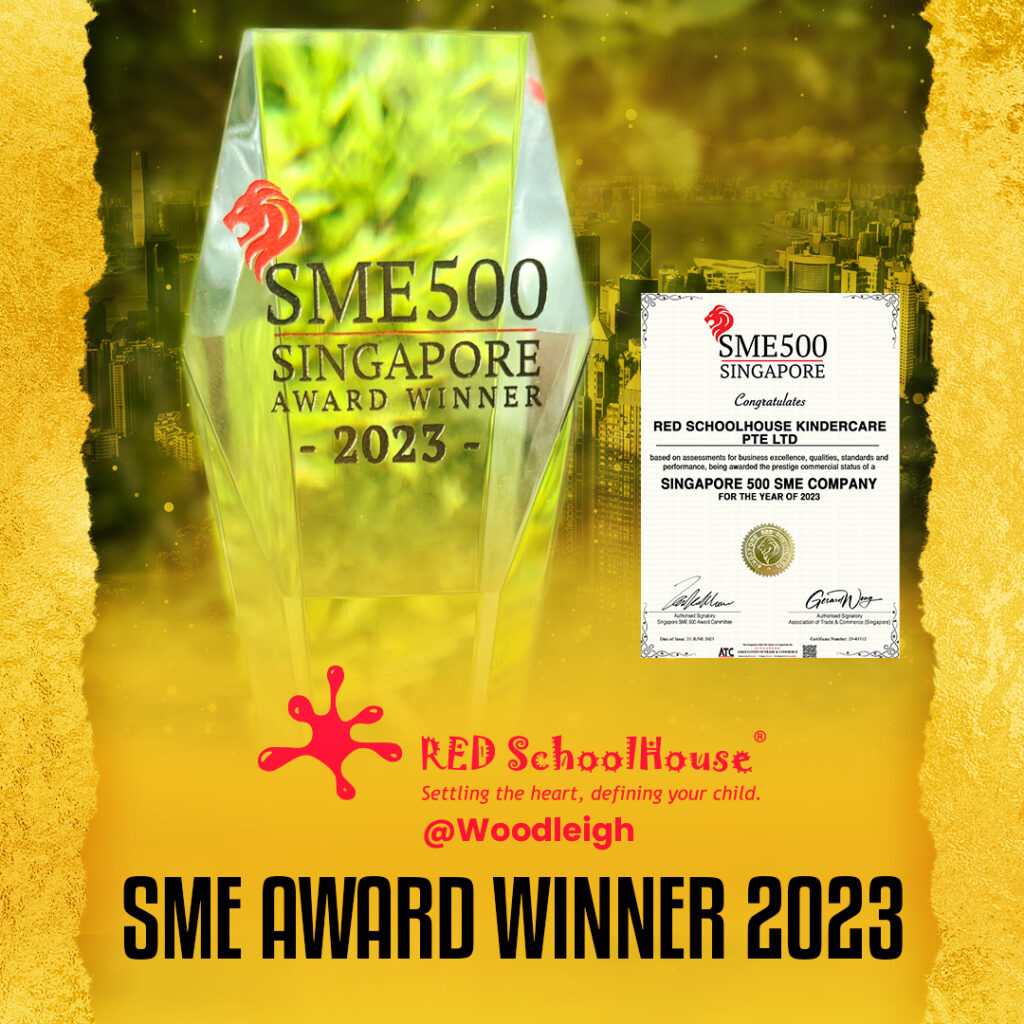Together with our kindergartners, we set out to learn more about the ocean’s temperature – to discover if the temperature remains constant throughout or if it differs the deeper it goes.
Students were encouraged to form their predictions. Some were confident that the ocean was at the same temperature no matter how deep, and some hypothesized that the ocean gets cold on a cold day and hot on a hot day.
We poured some water into two transparent bottles. We placed one of them under direct sunlight to represent the ocean water in the Sunlight Zone. We kept the other bottle in the dark cupboard in an air-conditioned environment to represent the ocean water in the Abyss. We measured the temperatures of both bottles at the beginning and the end of the experiment. The results allowed the children to form their correct conclusion: the deeper the ocean, the lower its temperature as there is less exposure to the Sun.
This experiment was straightforward, but it garnered a lot of excitement and curiosity from the children. As an educator, I was expecting to guide my students’ thinking process through the experiment; however, I was pleasantly surprised to find out that they could connect the pieces of information gathered together without requiring as much guidance as I had anticipated.
Ms Mumtaz
Core Teacher
K1 & K2




